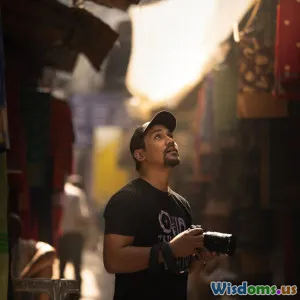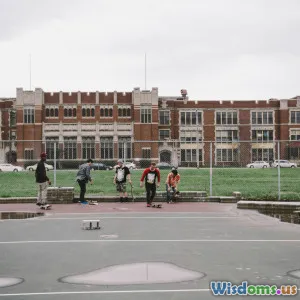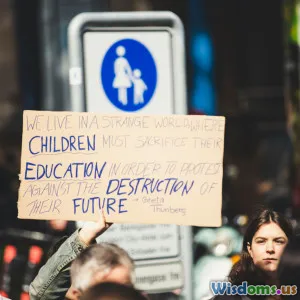
Art and Technology: A New Era
5 min read Exploring the transformative impact of technology on art and culture. (0 Reviews)
Art and Technology: A New Era
Introduction
In an age where technology permeates every aspect of our lives, its influence on art and culture cannot be overstated. From digital art to immersive installations, technology is reshaping how art is created, experienced, and understood. This article explores the intersection of art and technology, examining how they collaborate to create a new cultural landscape.
The Digital Revolution in Art
The digital revolution has transformed traditional artistic practices. Artists now have access to an array of digital tools that allow for unprecedented levels of creativity and experimentation. Software programs like Adobe Creative Suite, 3D modeling tools, and graphic design applications have made it easier for artists to express their visions.
Examples of Digital Art
- Digital Painting: Artists can create stunning works using tablets and styluses, mimicking traditional painting techniques while incorporating digital elements. Renowned digital artists like Beeple have gained notoriety for their innovative approach to digital canvases.
- Generative Art: This form of art uses algorithms to create unique pieces. Artists like Casey Reas, co-founder of Processing, have paved the way for generative art, blending creativity with programming.
- Virtual Reality (VR) Art: Artists can create immersive experiences, allowing viewers to step inside their artwork. Projects like “The Night Cafe” enable users to explore a 3D recreation of Vincent van Gogh’s famous painting, offering an interactive element that traditional art cannot.
Accessibility and Democratization of Art
Technology has also democratized art, making it more accessible to a broader audience. Online platforms such as Instagram, Etsy, and Behance allow artists to showcase their work and reach potential buyers without the need for traditional galleries.
Impact of Social Media
Social media plays a crucial role in how art is shared and consumed. Artists can connect with audiences globally, gaining recognition and building communities around their work. Hashtags like #art and #digitalart create spaces for artists to engage, collaborate, and inspire one another.
Art Education in the Digital Age
The integration of technology in art education has expanded learning opportunities. Online courses, webinars, and digital workshops provide aspiring artists with access to world-class instruction from anywhere in the world.
Online Learning Platforms
Platforms like Skillshare and Coursera offer courses in various artistic disciplines, from traditional painting to digital design. This accessibility allows learners to explore their interests and develop skills at their own pace.
Challenges and Considerations
While technology offers numerous benefits, it also presents challenges. The rise of digital art has led to debates about authenticity and ownership. Issues surrounding copyright and plagiarism are more prevalent in the digital realm, prompting discussions about how to protect artists' rights.
NFTs and the Future of Ownership
The emergence of non-fungible tokens (NFTs) has revolutionized how digital art is bought and sold. NFTs provide a means of establishing ownership and provenance for digital works, allowing artists to monetize their creations in new ways. However, the environmental impact of blockchain technology raises concerns that must be addressed as this market evolves.
Conclusion
The relationship between art and technology is continuously evolving, ushering in a new era of creativity and cultural expression. As artists embrace digital tools and platforms, they are not only redefining their practices but also shaping society's perception of art. By fostering accessibility, enhancing education, and challenging traditional notions of ownership, technology is paving the way for a vibrant and inclusive future in the art world.
The blend of art and technology invites us to explore new dimensions of creativity, making us question the boundaries of artistic expression and the role of culture in our lives.
Rate the Post
User Reviews
Popular Posts





















